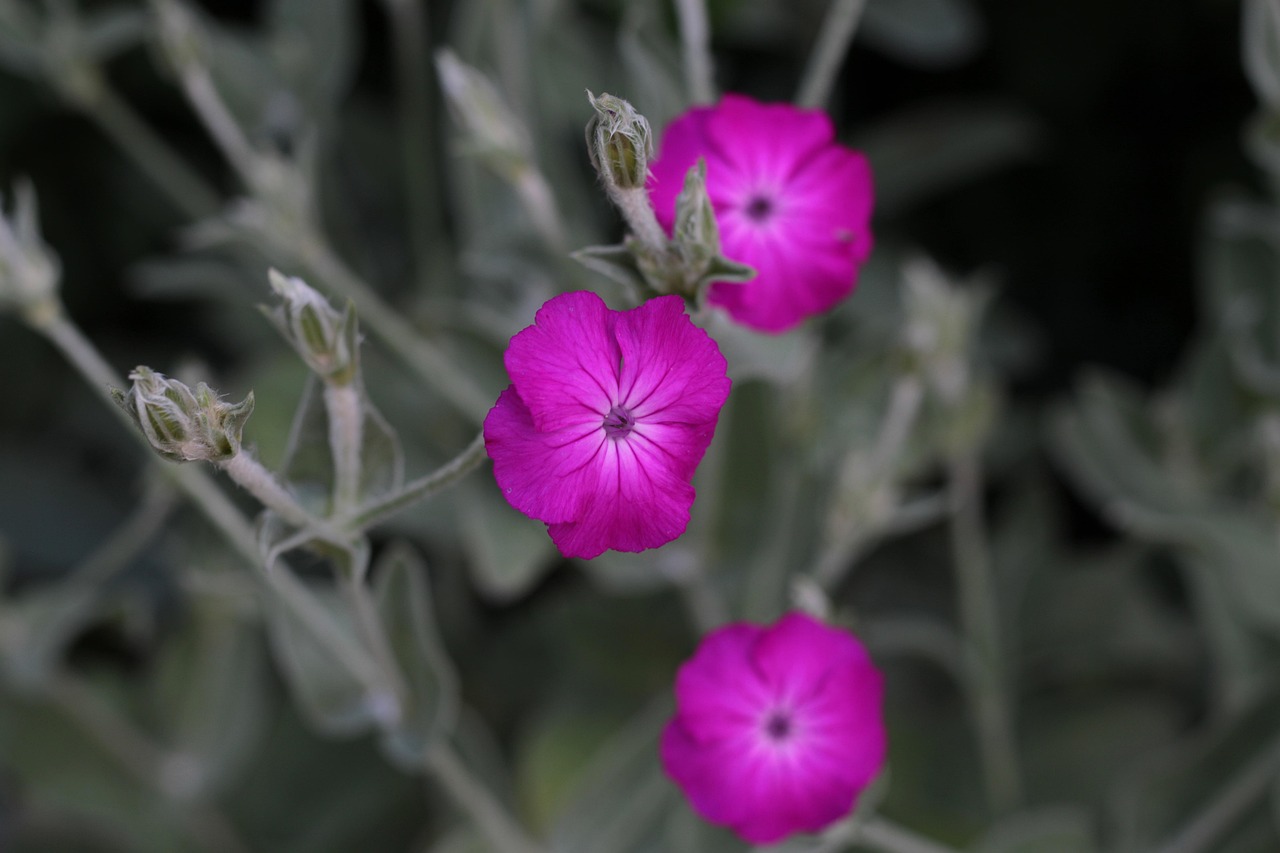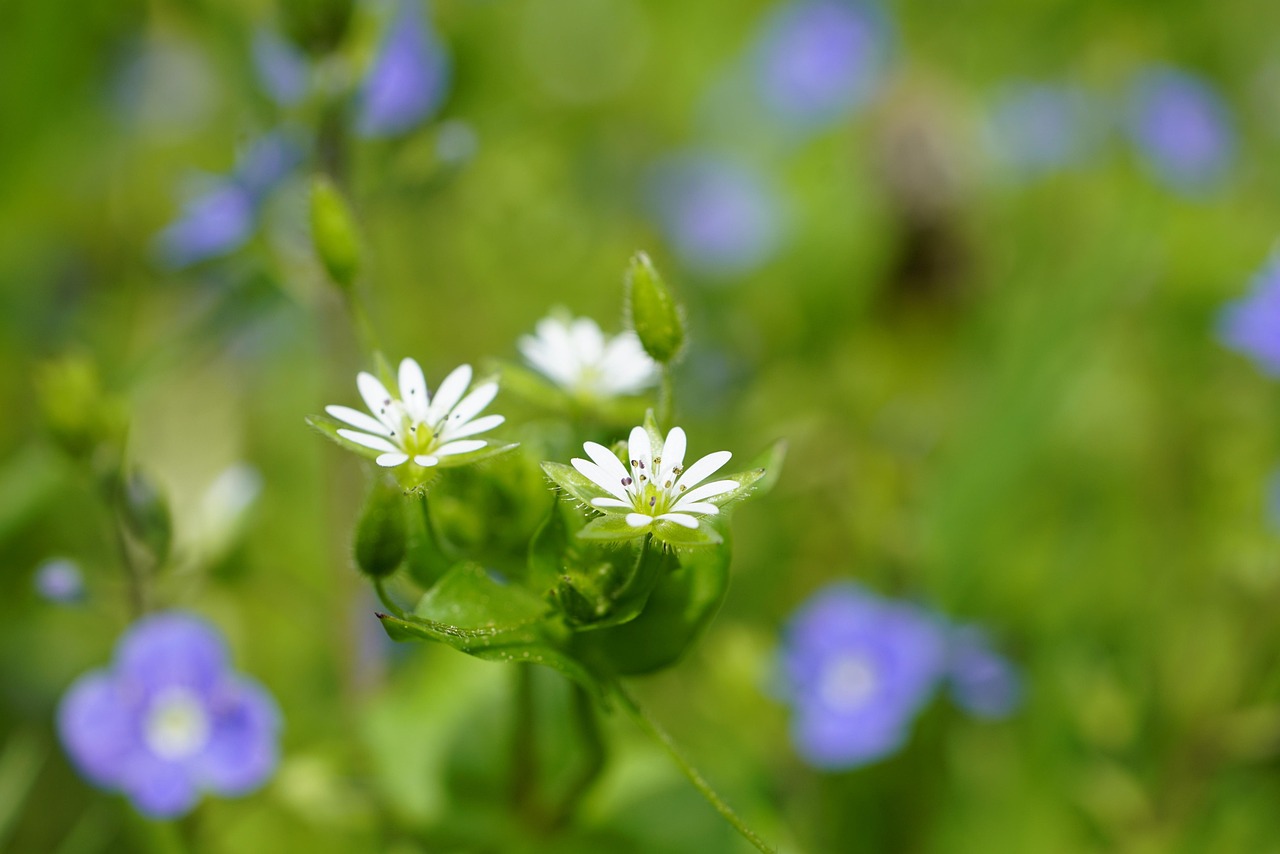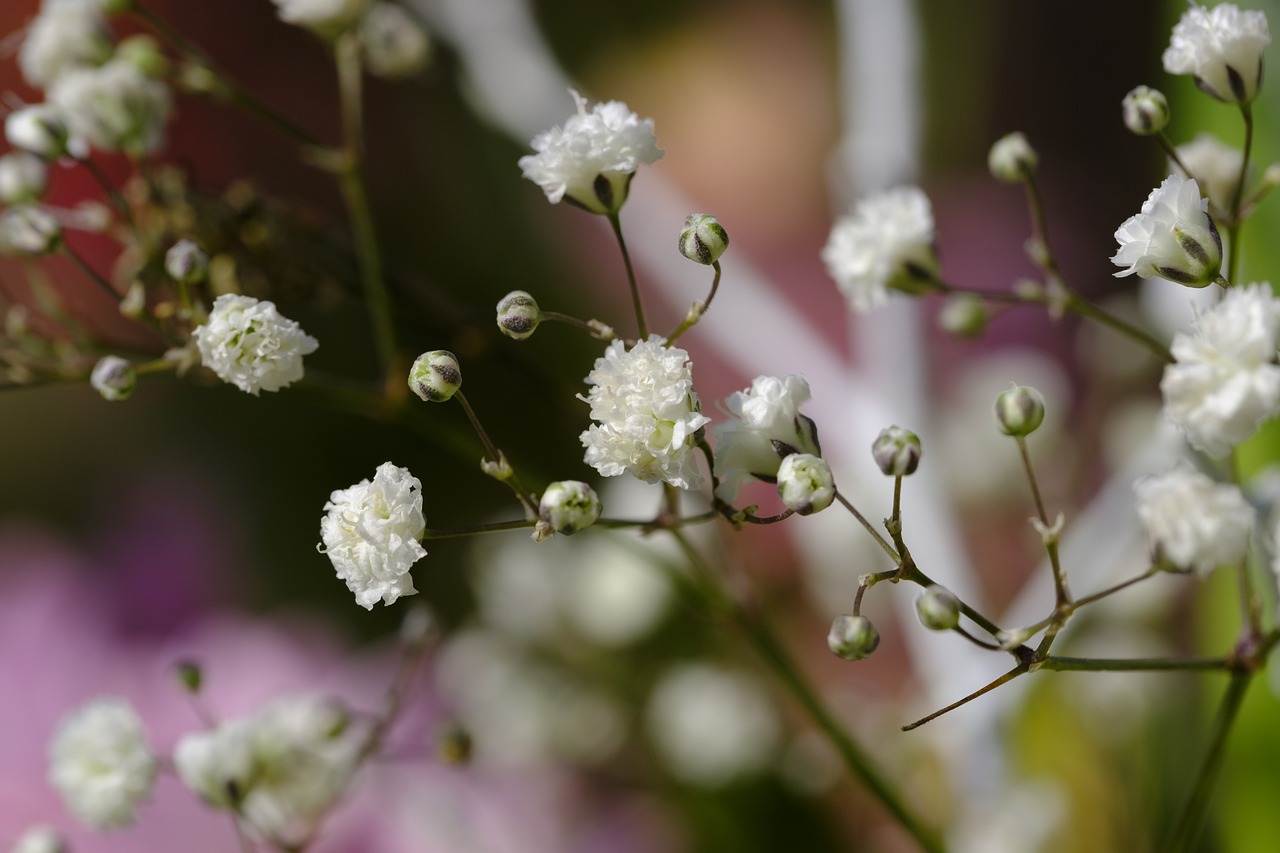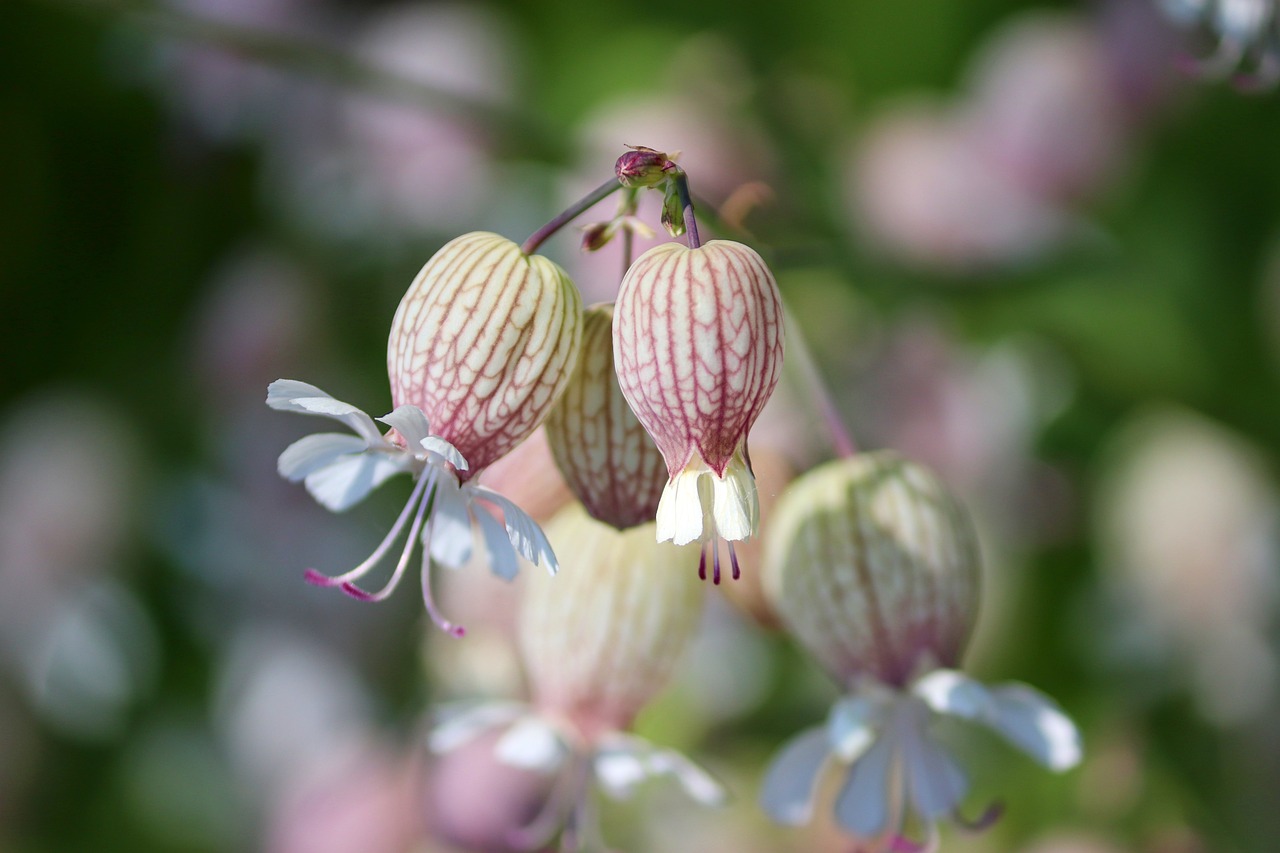Rose Campion | The Silver Foliage in Europe’s Old Gardens

The rose campion is a perennial plant characterized by its vivid blossoms and silver-white leaves covered with fine hairs. I value this plant for its ornamental beauty, and I introduce it here as a beloved addition to gardens and flower beds.
In this article, I will explain its basic information, cultural and historical background, and practical tips for cultivation.
Basic Information
- Scientific name: Silene coronaria
- Family: Caryophyllaceae
- Origin: Southern Europe to Western Asia
- Appearance: Silver-white stems and leaves with bright pink to magenta flowers. The foliage has fine hairs that give it a unique texture.
- Blooming season: From early summer to summer.
Cultural Significance Around the World
The rose campion has long been cultivated as a garden plant in Europe for its striking flower colors and unique texture.
In the United Kingdom, it is known as “Rose Campion” and has often been planted in traditional country gardens, blending naturally into historic landscapes.
In France, the silver-grey leaves and vivid blossoms have been valued for their striking contrast, making the plant a popular element in garden design.
Because of its tolerance for dry conditions, it is also frequently used in rock gardens and natural-style landscapes across Southern Europe. The plant also grows wild in Eastern Europe and Western Asia, where it has long been admired as part of the natural scenery, particularly in dry regions where it thrives in rocky or barren soil.
Historical Background
The rose campion has been cultivated since ancient Greece and Rome, where it was appreciated for the contrast between its bright flowers and silver foliage.
In medieval Europe, it was grown in monastic gardens, not only for decoration but also as a plant believed to bring spiritual comfort.
From the 17th century onward, it spread widely in English and French gardens, becoming a popular ornamental plant. During the Victorian era, it was considered an essential flower in English cottage gardens and remains a classic feature of traditional landscapes today.
Gardening Advice
The rose campion is relatively easy to grow, but creating the right environment helps ensure beautiful blooms.
Sunlight
Prefers full sun but tolerates partial shade, though flowering may be reduced.
Watering
Drought-tolerant. In the ground, it often thrives with rainfall alone. For potted plants, water when the soil surface dries out.
Soil
Prefers well-drained soil. Sandy soil or humus-rich potting soil is ideal.
Fertilizer
Requires little fertilizer, but applying a diluted liquid fertilizer once a month during the blooming season supports healthy growth.
Cold tolerance
Hardy in winter, though mulching provides extra protection in regions with heavy frost.
Conclusion
The rose campion is an attractive perennial known for the contrast between its vivid flowers and silver-white foliage.
It has been beloved in European gardens for centuries, appearing in English country gardens, French rock gardens, and beyond. Cultivated since Roman times and valued in medieval monasteries, it remains a symbol of resilience and beauty.
Because of its hardiness and low maintenance, it is also suitable for beginners. I encourage you to welcome it into your garden as a charming accent plant.





